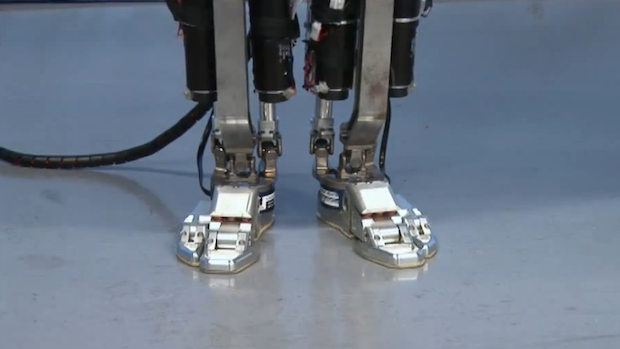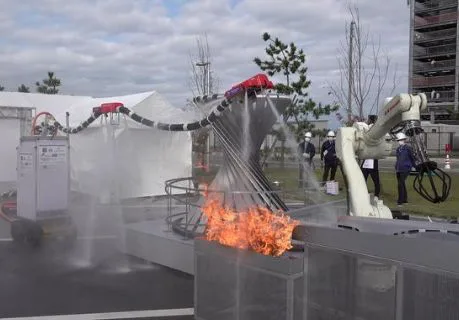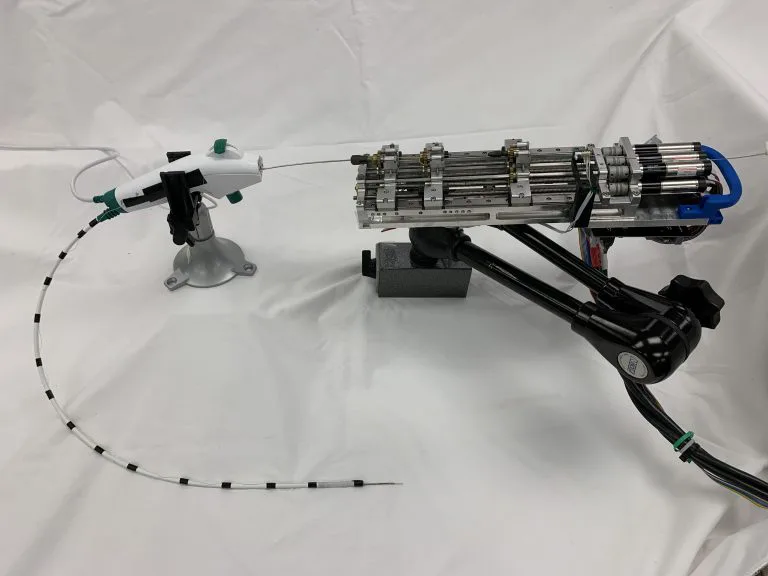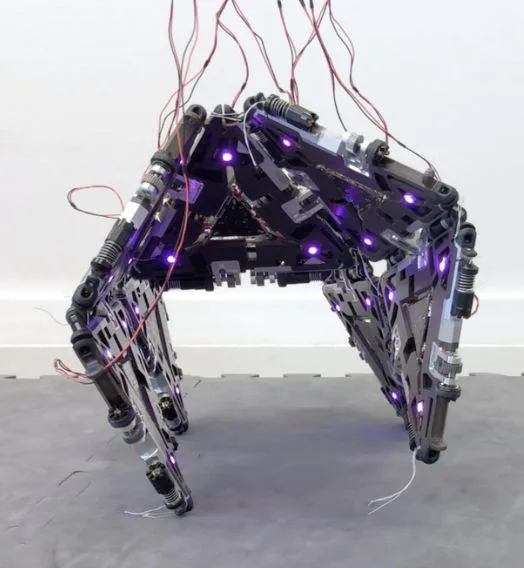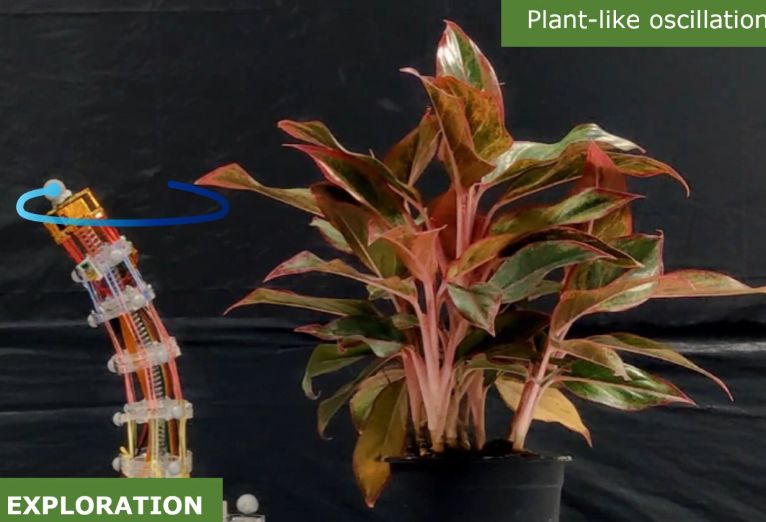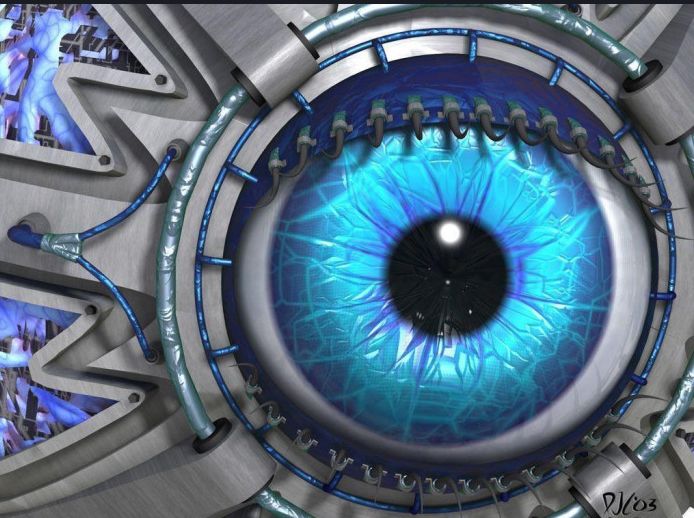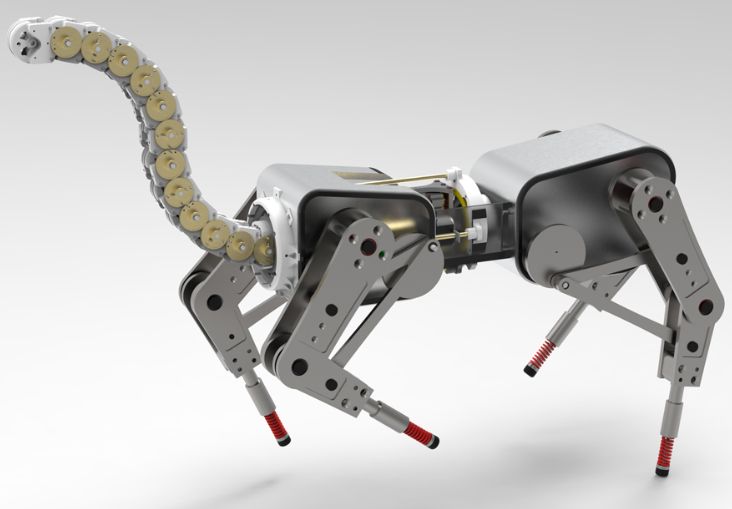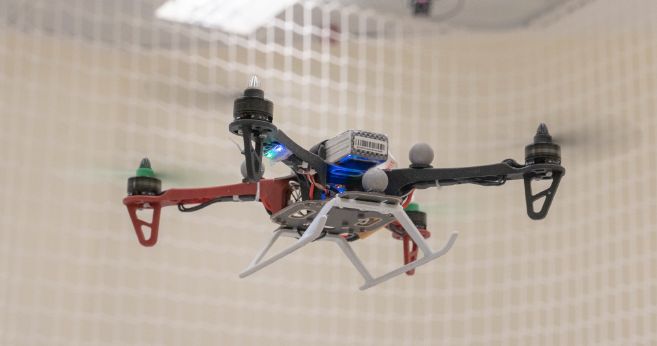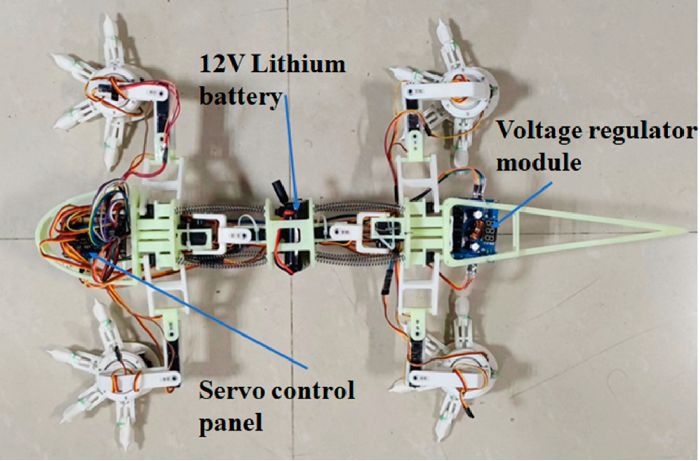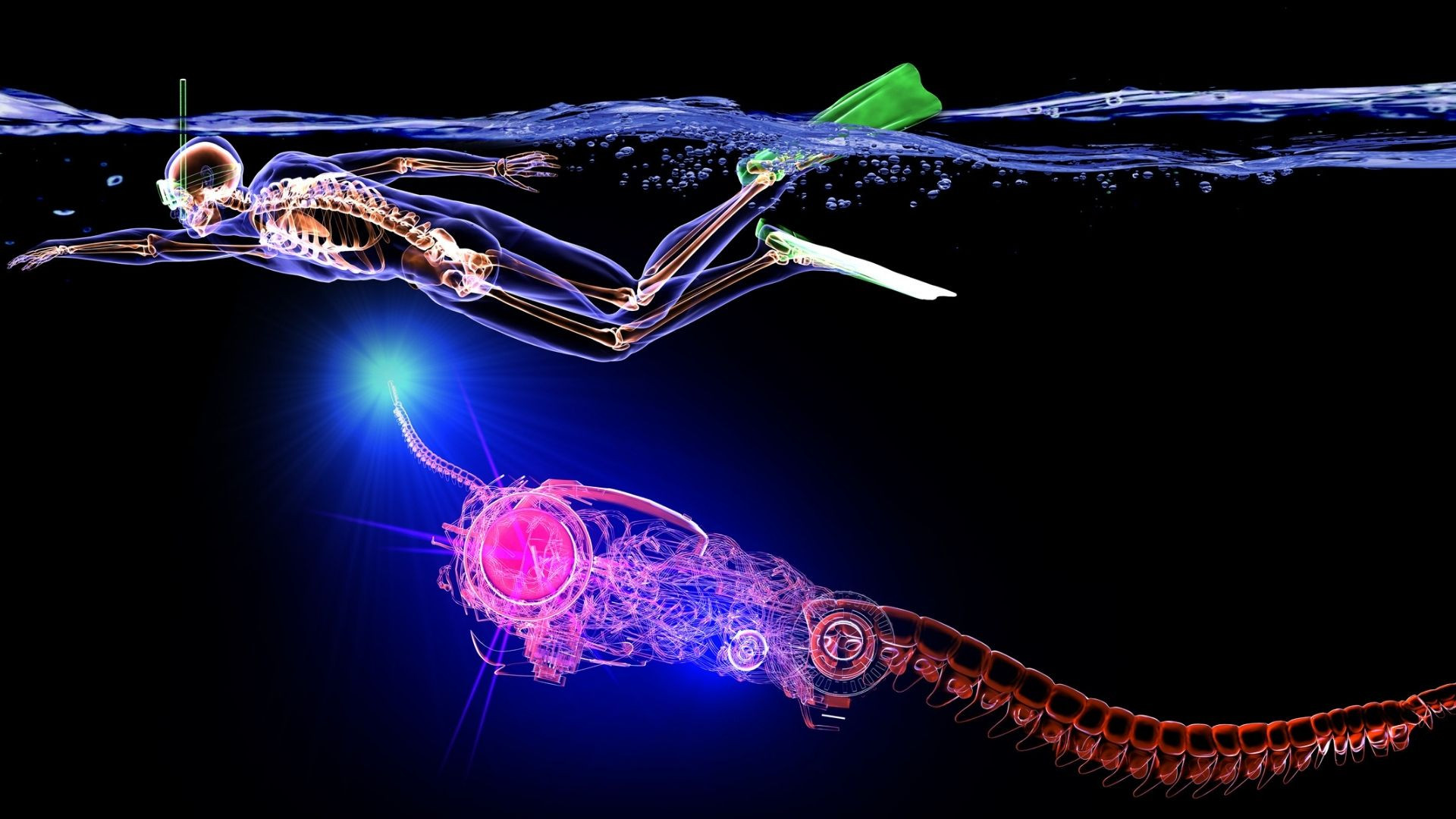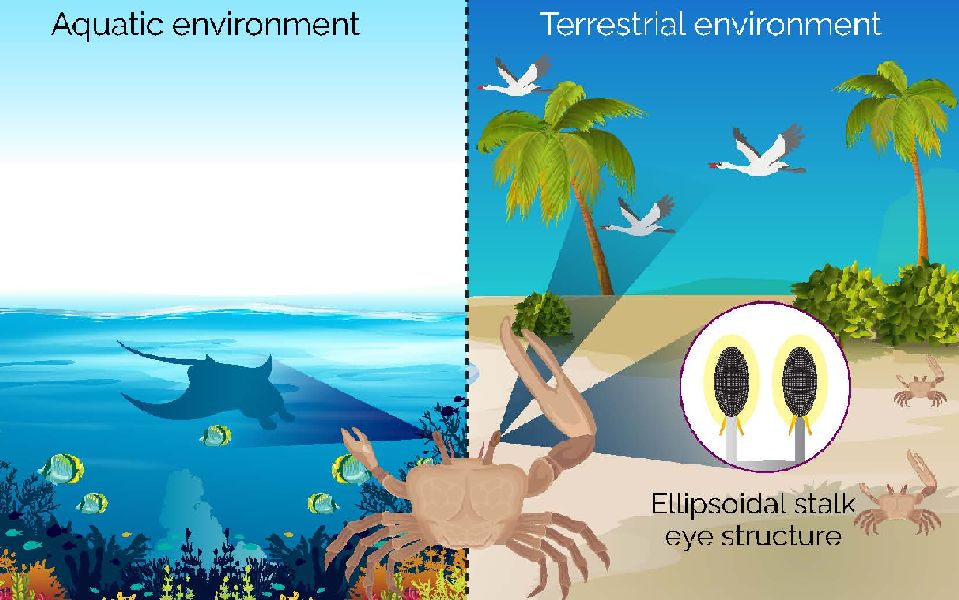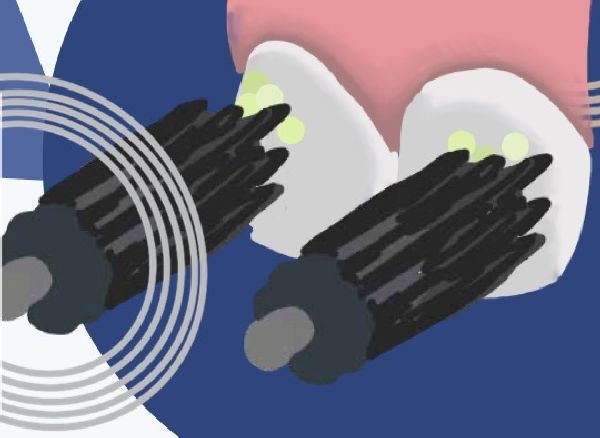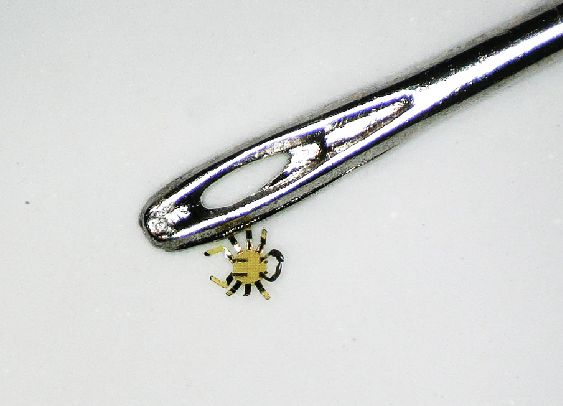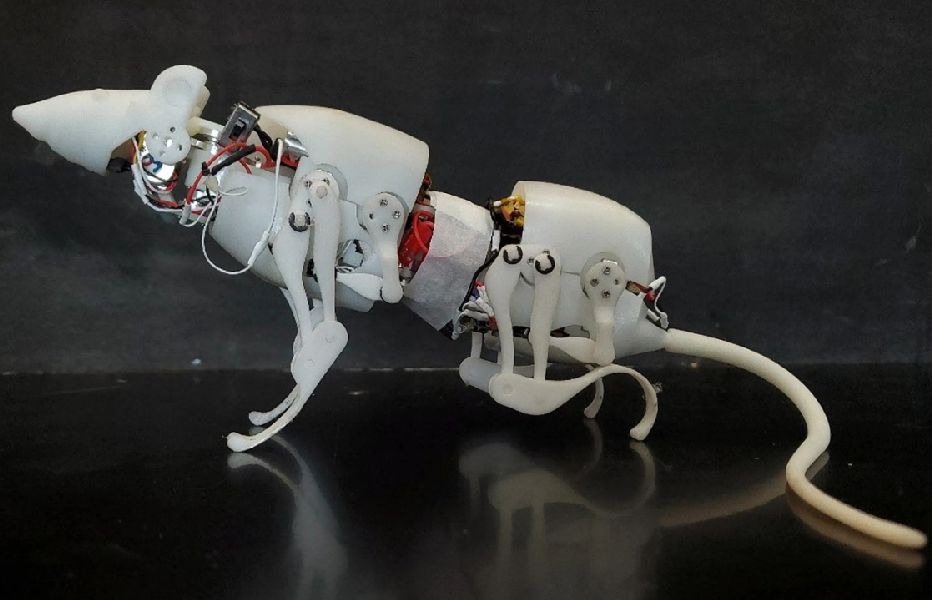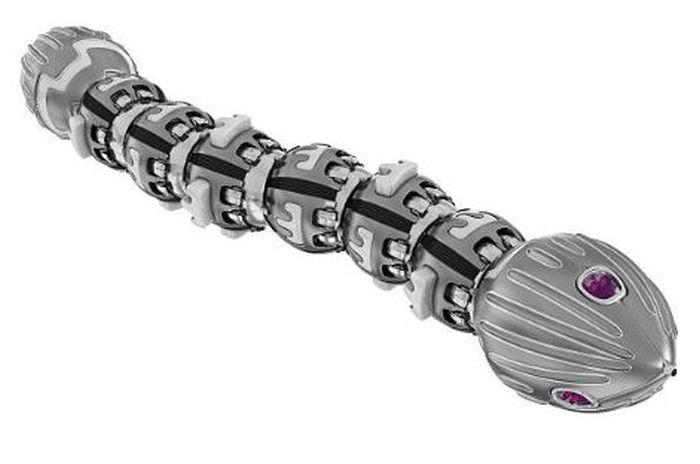Unlike robots, our bodies are super flexible and can make delicate moves effortlessly. Components like muscles, joints, and nerves work in tandem and allow us to make precise and delicate movements with ease. Robots, on the other hand, rely on rigid structures and predefined movements; in contrast, our bodies can adapt and respond dynamically to various situations.
Read MoreCategory: Robo Tonics
Firefighters of the Future: The ‘Flying Dragon’ Robot
How about a dragon flying around, but get this – not spitting out fire, but actually putting out flames with water! Japanese researchers are up with concretizing this cool idea. Thinking of firefighting dragon as blasting water on out-of-control fires, these scientists are working on a dragon buddy, which someday would join firefighting teams worldwide. It’s like a mix of myth and modern-day firefighting.
Read MoreRobotic Needle Achieves Precision Navigation in Living Model
When it comes to cancer-related fatalities, lung cancer tops the list. One of the main reasons could be the presence of tiny tumors in deep within the lung tissue. This poses a major challenge for surgical accessibility. To address this challenge, researchers at UNC Chapel Hill and Vanderbilt University have been trying to fabricate an exceptionally flexible yet durable robot. The device will have the capability of maneuvering through the intricate terrain of the lungs.
Read MoreMori3 Transforms 2D Triangles into Limitless 3D Possibilities: Reconfigurable Robotics
Researchers at EPFL have tried to integrate two worlds to create a remarkable breakthrough. Combining digital polygon meshing with biological swarm behavior, they have developed the Mori3 robot. The technology has the potential to revolutionize modular robotics and shape-shifting capabilities.
Read MorePlant-inspired Controller for Robotic Arms: Biomimicry
Biomimicry is the practice of imitating biological systems and processes. So far, it has been a valuable approach in robotics. By copying animals’ designs, engineers have tried to replicate billions of years of evolution. It has resulted in highly efficient and adaptable designs that nature has already passed on to. For instance, energy-efficient walking patterns inspired by animal gaits or bio inspired vision systems or lizard inspired four-legged robot.
Read MoreBio-Inspired Device that Mimics Human Eye: Artificial Vision Systems
Inspired by the natural design of our retinas, scientists at Penn State have created a sensor array using narrowband perovskite photodetectors to replicate the function of our cone cells. Cone cells in our eyes are responsible for color vision. And they are sensitive to red, green, and blue light wavelengths.
Read MoreA Quadruped Robot with Proprioception and a Tail: Biomimicry
Nature has always inspired philosophers, scientists, and researchers alike. When it comes to solve human problems or create innovative products and technologies, studying nature’s designs and processes lead to more sustainable and efficient solutions. Afterall, nature has had millions of years to develop solutions to problems. These solutions have been honed through the process of natural selection. Learning and getting inspired from nature’s solutions, is called biomimicry. Designers, engineers, and scientists are inspired from nature to create more sustainable and efficient products and systems.
Read MoreReal-time Neural MPC: Deep Learning & Model Predictive Control Framework
Model predictive control (MPC) is a powerful technique that has gained popularity in recent years for controlling the movements of robotic agents. It involves using a model of the agent’s dynamics to predict its future behaviour. Followed by optimization of this behaviour to achieve a desired goal while also satisfying a set of constraints. MPC algorithms are capable of handling complex scenarios and can consider various factors such as the agent’s physical constraints, environmental conditions, and the dynamics of other objects in the environment. This makes MPC a popular choice…
Read MoreLizard Inspired Four-legged Robot: Biomimicry
Technological advancement has opened-up exciting possibilities for research in space and celestial bodies beyond the Earth’s atmosphere. The use of robots in space exploration has greatly increased our understanding of other planets, especially Mars, and its possibility for supporting life. The exploration of Mars and its surface for extra-terrestrial life has always been a fascinating undertaking for astronomers. Additionally, the discovery of resources on Mars, such as water and minerals, could be an asset in future human missions.
Read MoreButterfly Robots with Bistable Wings: Biomimicry
In an effort to create faster and more energy-efficient soft robots, researchers at North Carolina State University have created a prototype of swimming soft robots based on manta rays. The team got inspired from the biomechanics of the marine animal. Rate of swimming for most of the (swimming) soft robot is one body length per second, manta rays, however, glide at much faster rate. Their swimming efficiency triggered the scientists to look into the potentiality of creating a similar robot, biomechanically.
Read MoreCrab Inspired all weather Vision System: Biomimicry
To improve the imaging component in robotics, researchers have been trying to create various types of highly performing cameras, sensors and artificial vision systems. Most of the vision systems are bio-inspired that is, they have been emulated from the systems and elements of nature including humans, animals, insects and fish. These systems, however, have their own restrictions because they operate in limited environment respectively. For instance, majority of (bio-inspired) existing sensors and cameras works either one of the following scenarios: on the ground like biomimetic eye with a hemispherical…
Read MoreShapeshifting Nanobots to Brush and Floss Teeth: Toothbrushing Microbots
Toothbrush, or the heads per say, have not much evolved since ages, from rectangular they have only graduated to diamond shaped geometry. I really doubt how far does the new shape has been able to reach the teeth in the back. In the dental hygiene sequence floss, brush and rinse go hand in hand. And each step is an important and at times, cumbersome task especially for people with disabilities. Researchers at the University of Pennsylvania have put in an effort to combine these three steps in one with the…
Read MoreNew Microbot Scuttle like a Crab: Biomimicry
Engineers at Northwestern University have developed nano-scale robots that scuttle like small peekytoe crab. The tiny crab-bots measure around half-millimeter wide. Like the decapod crustaceans, the bot can bend, twist, crawl, walk, turn and even jump. Not only the nano crab like devices, engineers have also created same sized robotic inchworms, crickets and beetles. Researchers envision that their technology will explore practical tasks inside tightly confined spaces.
Read MoreSQuRO, Quadruped Robotic Rat: Biomimicry
Nature has always inspired robotics engineers to design bots with the same agility and efficiency. And this is also one of the reasons why researchers look up to biomimicry to solve human design challenges. When it comes to navigate tight and congested arenas wouldn’t rodents be the best options to design a device? Researchers at Beijing Institute of Technology (BIT) thought the same. According to Qing Shi, a Professor at BIT, legged robots have limitations when operating in narrow spaces. Micro quadruped robots too can face performance issues due to…
Read MoreMagnetic Tentacle Robot for Autonomous Endoscopy: Soft Catheters
Magnetic tentacle robot, strange it may sound but researchers at STORM Lab at the University of Leeds have come up with a tiny canular form of robot that can explore the smallest bronchial tubes in the lungs. The nano tubiform bot measures around 2 millimetres in diameter. That happens to be two times the size of the tip of a ballpoint pen. The tentacle robot will be guided from the outside with the help of (external) magnets.
Read More
